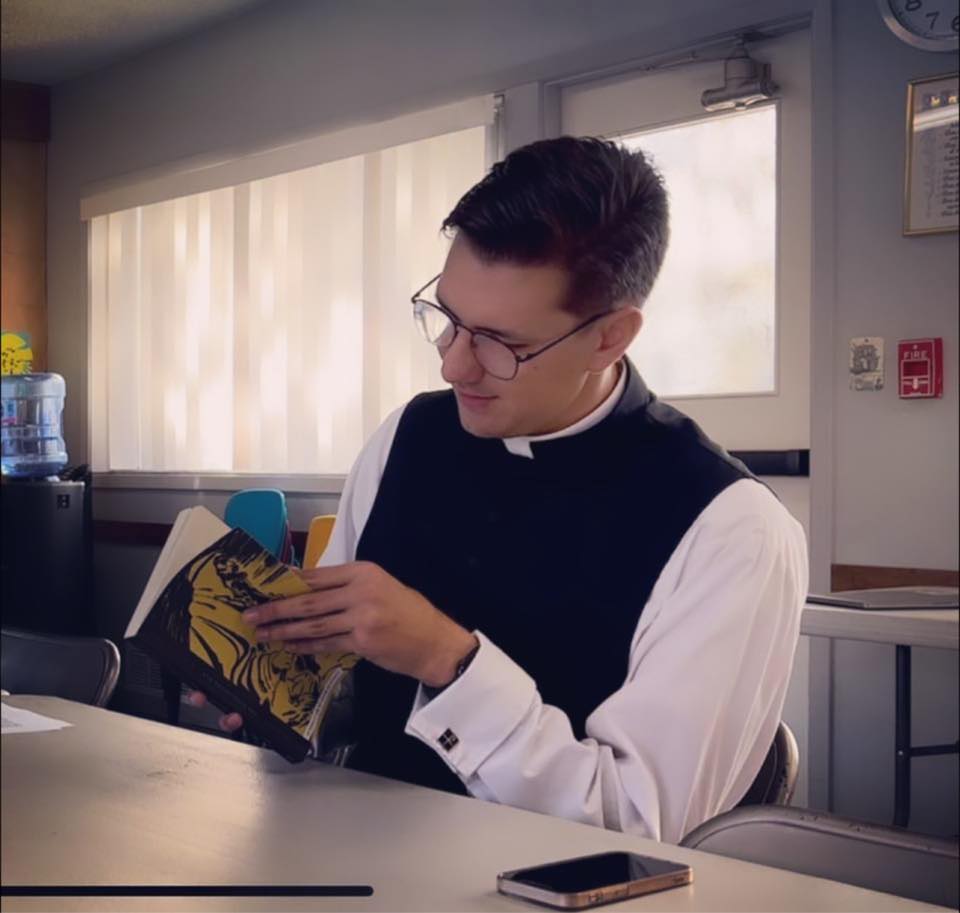How to Pray the Daily Office
A step by step guide on how to use the 1928 Book of Common Prayer to pray the Daily Offices of Morning and Evening Prayer from the Book of Common Prayer (American 1928).
Why is it called the Daily Office?
The term “Daily Office” refers to a set of structured, regular prayers and Scripture readings that are assigned for specific times throughout the day. The name “Office” comes from the Latin word “officium,” which means “duty” or “service.” In the context of historic Christendom, the Daily Office represents a sacred duty or service of prayer and worship offered to God at various intervals of the day.
The practice of the “Daily Office” has its roots in ancient monastic and religious communities, where monks and nuns would gather at designated times each day to pray together (e.g. matins, lauds, prime, terce, sext, none, vespers, and compline). The English Church inherited the Benedictine traditions around the offices and during the Protestant Reformation Archbishop Thomas Cranmer combined them into two simplified services called Morning and Evening Prayer.
The Book of Common Prayer, first published in 1549 formalized the structure and content of the Daily Office for Anglican and Episcopal churches. The Book of Common Prayer provides specific prayers, psalms, and readings for Morning Prayer, Evening Prayer, and other worship services, creating a consistent and unified (hence “Common”) pattern of worship for the faithful.
By calling it the “Daily Office,” the Christian tradition emphasizes the regularity and faithfulness of this act of worship, underlining its importance in the life of believers. The Daily Office serves as a means of sanctifying time, drawing individuals closer to God through continuous prayer and reflection throughout the day.
Buy a 1928 BCP: https://amzn.to/2GPNKAw
Why pray the Daily Office?
Praying the Daily Office from the Book of Common Prayer holds profound significance in nurturing a deeper spiritual life and fostering a stronger connection with God. This ancient practice, rooted in the rich tradition of the Christian faith, offers a structured framework for daily prayer and reflection. By engaging in regular moments of worship and meditation through the Daily Office, individuals can find solace, guidance, and inspiration amidst the busyness of life. The carefully curated prayers, psalms, and scriptures provide a balanced and comprehensive approach to communing with the Divine, allowing one to experience a sense of continuity and unity with the worldwide community of believers. Embracing the Daily Office ritual not only cultivates a disciplined prayer life but also deepens one’s understanding of sacred texts and strengthens the foundation of faith, empowering individuals to navigate life’s challenges with renewed spiritual strength and grace.
Morning Prayer or Matins (1928)
Evening Prayer or Evensong (1928)
The Litany
The Litany has been of the most well-loved liturgies in the Anglican daily office tradition for almost 500 years. It is especially appropriate in penitential seasons such as Lent and Advent.
The Anglican litany was composed by Archbishop Thomas Cranmer and published by King Henry VIII in the summer of 1544. The medieval litany of the saints, as well as Luther’s 1529 litanies, provided models and precedents, though the Anglican litany is unique in many ways.
The Litany’s use in church processions was ordered by Henry VIII when England was at war with Scotland and France. It was printed as an appendix to the eucharist in the 1549 BCP. The early prayerbooks called for use of the Litany after the fixed collects of Morning Prayer on Sundays, Wednesdays, and Fridays. The 1928 BCP allowed the Litany to be used after the fixed collects of Morning or Evening Prayer, or before the Eucharist, or separately. The 1979 BCP titled the Litany “The Great Litany” (p. 148), distinguishing it from other litanies in the Prayer Book. The Great Litany may be said or sung.
